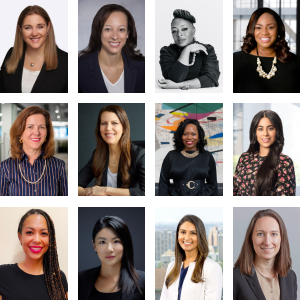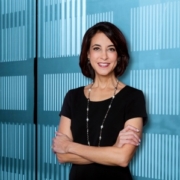Catalyst Award Winner: Baxter International
Two years ago, the new President of the Asia Pacific division of Baxter International, a company which develops and manufactures healthcare products, set a lofty goal: to achieve a 50/50 gender balance across management-level and critical positions throughout the 14 countries in the region (Australia, China, Hong Kong, India, Indonesia, Japan, Korea, Malaysia, New Zealand, Philippines, Singapore, Taiwan, Thailand, and Vietnam).
In 2005, Gerald Lema took over as President of Baxter in Asia Pacific. As part of the consolidation process, he put into place a “culture of respect for individuals and their contributions by emphasizing high performance standards, knowledge transfer, continual learning, innovation and the role of gender balance in supporting innovation.” Lema and the Asia Pacific Leadership Team he formed, developed a cutting edge program designed to develop a more effective, diverse and sustainable organization through talent acquisition, leadership development, and development of technical abilities. That program – Building Talent Edge – was recognized this year by Catalyst for the extraordinary results it achieved.
To ensure a 50/50 gender balance in talent acquired, Baxter requires that candidate slates, whether provided by internal or external sources, be 50% women. To ensure that the women within Baxter are provided with the leadership, technical and functional training to enable them to advance, women are chosen to participate in development and leadership programs within the company in the 50/50 ratio. Finally, to facilitate the advancement of women within the organization, leaders share succession plans which must be comprised of slates of individuals that reflect a 50/50 gender balance. Also, there is an increased focus on internal promotions, with the number increasing form 34% in 2005 to 48% in 2008.
And the results really are staggering. In China, the percentage of women on the executive team jumped from 44% in 2006 to 85% in 2008. In Corporate Japan, an environment traditionally unreceptive to gender diversity in leadership, even saw some improvement in the percentage of women on its executive team– increasing from 17% to 33%. There was a significant increase of the percentage of women in all levels of management across the region – from 28 % to 48% of women for the director level or above.
The most important thing is the buy in from senior management and the creation of quantifiable goals said Victoria Elegant, Vice President of Regulatory Affairs and Pharmacovigilance at Baxter Asia Pacific at a corporate culture panel at the Catalyst event in March. “[The Initiative] comes directly from Gerald. It comes at the country level, by creating diversity teams as well. It is very important that we are not just saying things – that we are actually doing what we say.”
She continued, “You want to have a clear plan. If you don’t, you’ll fail. We’ve seen programs that have failed and, for the most part, it was because there was not a strategic plan on the way in. [You need to be clear about] what exactly the initiative is intended to do. [You need to be] need to be able to communicate to your senior management. It is important to make the business case for diversity inclusion and explain it to people that may or may not be interested in what you have to say. If you don’t have buy in, it will just be “talk” and not “walk.”






